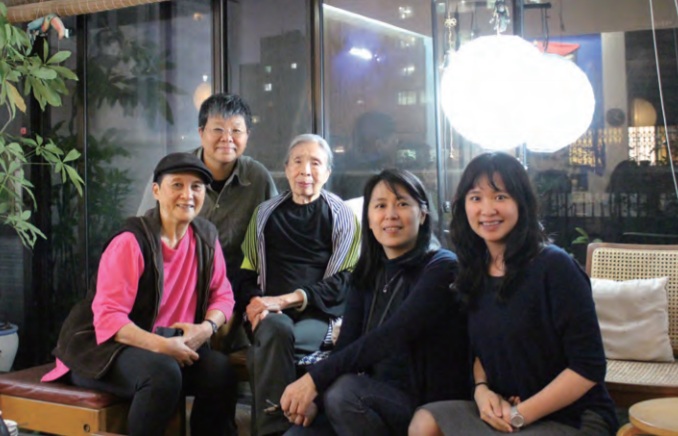Li-Yu Hsu | Athena of Architecture
Date : 2017-04-20
*This article serves as the prologue of the special issue: “Athena of Architecture: Commemorating Architect Tes-Nan Hsiu, and Rethinking Women's Spatial Practice” of Architectural Institute of Taiwan Magazine, issue no.86, Apr. 20th, 2017. Link to the original post
Abridged translation:
The birth of Pallas Athena in Greek mythology was very different from that of Venus, the Goddess of Love, who was born in a shell and fancy bubbles. The goddess breaks out from Zeus’s head, already fully grown and armed in golden armor. She is the beautiful, tough and clever one: she is the goddess of knowledge, arts, crafts, learning, justice and wisdom.
If we deconstruct the romance of above, we will see a very different allegory of femininity. As a kind of representation of femininity, Athena fights a patriarchal reality. She breaks out from the imprisonment of patriarchy (Zeus’s head). She fights against injustice invasion. She teaches people to build places for dwelling. She brings craftsmanship to an uncivilized world. These characters of Athena intrigue us to reflect on the current situation of female architects, among us Tes-Nan Hsiu (修澤蘭) in particular. We should also reflect on the social significance of architecture from the viewpoint of women as spatial practitioners—it’s a good way for not only women but everyone to reflect on their own situation and self realization in reality, as a matter of fact.
To see the spatial practice of women does not mean to simply put a woman on the stage of history. It is definitely not enough to say that “we ALSO have women architects.”
Through women’s spatial practice, we hope to see all the neglect, repressed, excluded ones. In another words, the “diverse space” of possibilities and creativity, are yet to be discovered. I looking forward to that. To see the women and/in architecture does not mean enclosing of a certain gender, but opening of possibilities. By seeing and transcending the borderline of masculinity and femininity in space, space of possibility is thus opened.
For full text, Click and download the pdf at the bottom ↓
